
Photo Gallery World Wetland Day 2024
Research on Hydro Geomatic
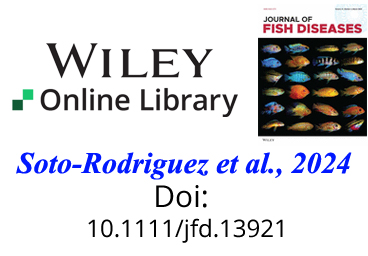
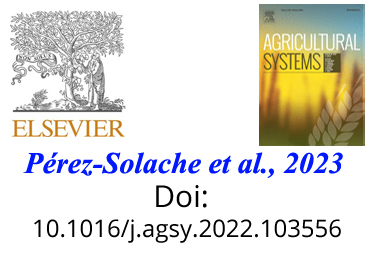
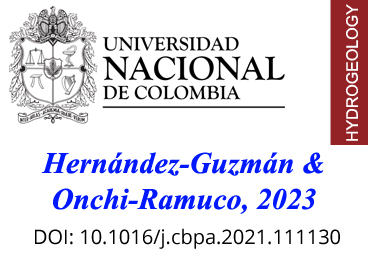
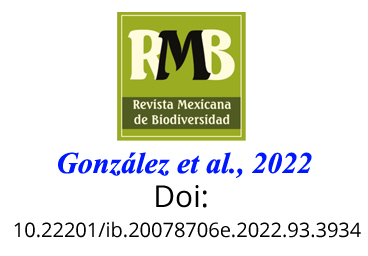
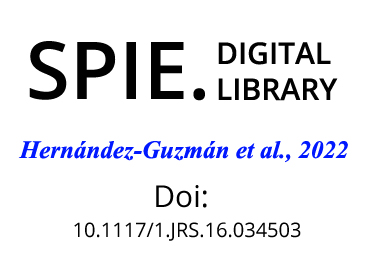
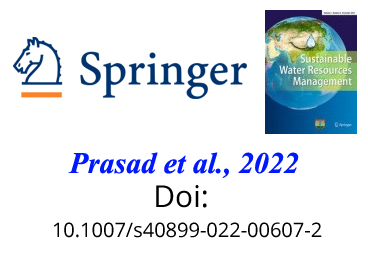
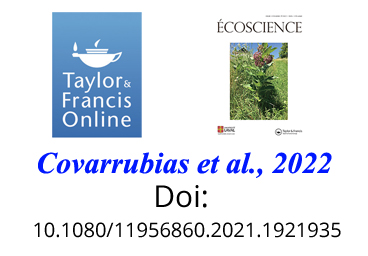
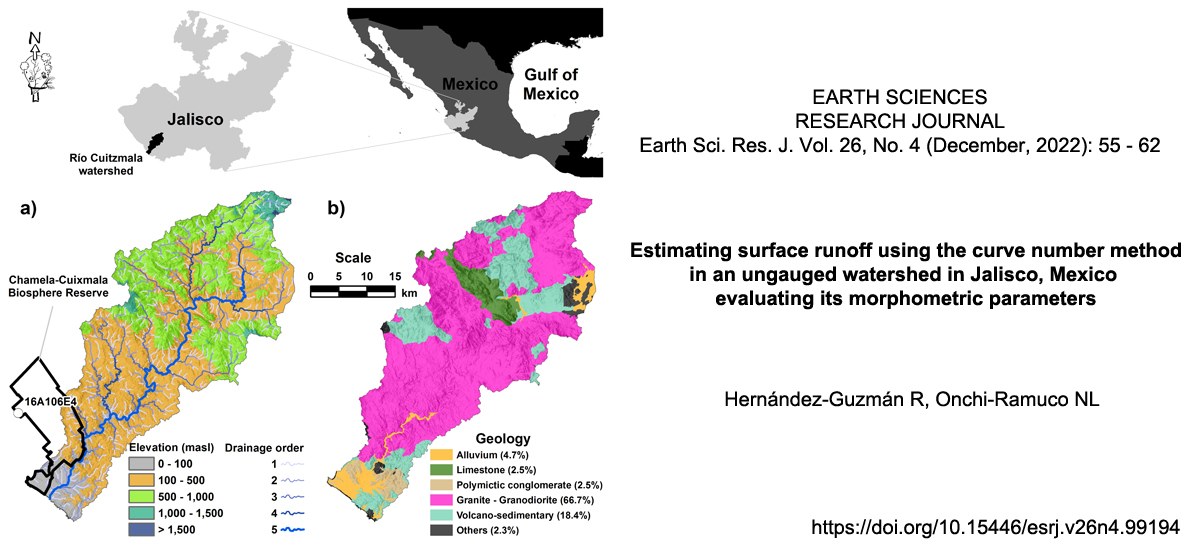
The surface runoff was estimated using the curve number (CN) method for different storm events and it was associated with the morphometric parameters of an ungauged watershed in Jalisco, México. The land use and land cover map from 2019 was derived from the unsupervised classification of a Sentinel-2 image at 10 m resolution. The morphometric analysis revealed that the study area is dominated by areas of gentle slope and moderate to high permeability with dense vegetation and low relief. It is a well-drained watershed with low flood potentiality as well as a groundwater potential zone. About 69% of the study area corresponds to natural cover with tropical dry forest and evergreen forest as the most representative classes. A total of 77 storm events were identified from 2013 to 2019, with runoffs that ranged from 0.05 to 227.2 Mm3. September and October were the months with the most intense rainfall and, therefore, the months with the highest runoff volume. The average runoff was 14.52 Mm3, corresponding to an average runoff coefficient of 12.86%. Together, the methods used here provide useful results for delineating conservation strategies at the watershed level.
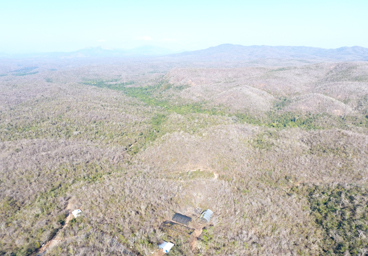
Tropical dry forest from Chamela, Jalisco, Mexico.

Small patches of mangrove within the city of Mazatlan, Mexico.

Land use and land cover map from the Patzcuaro watershed.